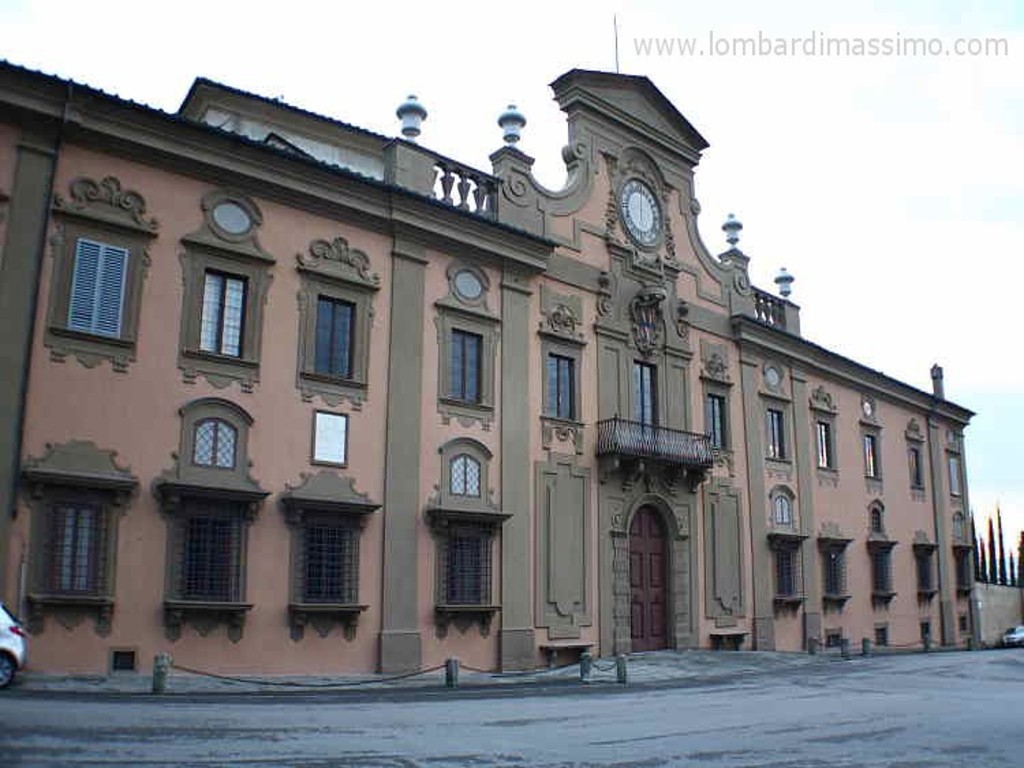Things to do

VILLA CORSINI DI CASTELLO
VILLA CORSINI CASTLE
The villa was bought in 1697 for its proximity to the Medici Villa Petraia by the Director of the Grand Duke Cosimo III de 'Medici, Filippo Corsini, who entrusted its renovation to Giovan Battista Foggini (1652-1725), architect and sculptor Grand Ducal, as well as director of manufactures of court. In 1968 the house was donated to the state by Italian Galliano Boldrini; He became a member in 2006 of the Superintendence for the State Museums of Florence, the villa houses from the late eighties a deposit of archaeological finds of the Archaeological Superintendence of Tuscany, originally placed in the rooms of the Palazzo della Crocetta, from where they were removed later the renovation of the museum accomplished after the flood of 1966. The property was the subject of a restoration campaign directed by the Superintendent of Environmental and Architectural Heritage of Florence, started in 2000 with the great hall and the courtyard. Thanks to the constant support of the Ente Cassa di Risparmio di Firenze, the project of recovery of the Baroque complex has finally seen its conclusion in 2010, with the renovation of the facade and a large part of the interior.
In the hall were placed some of the marbles of the most significant collection of the Archaeological Museum among which the porphyry statue of the emperor Hadrian, unique, and that of Peplophoros from Cepparello palace, gorgeous replica of the Roman period from an original greek fifth century. B.C. Along the walls of the courtyard, however, they have found a place many Etruscan sarcophagi nenfro from Tuscania, from the tomb of the noble Statlane, dating from the late fourth to the second century. C., as well as a most valuable female sarcophagus from Tarquinia, decorated in relief with figurative scenes laden with symbolic meanings that allude to the rites and cults of salvation.
In other areas of the ground floor it is wanted instead to recover part of the magnificent decoration of ancient marbles once in the "Ricetto of Inscriptions" Uffizi, set up by Foggini for Cosimo III as majestic entrance to the gallery and dismantled by 1920, after various stages allestitive .
On the first floor visitors can instead trace the ancient history of the Florentine plain through a permanent exhibition of artefacts found in the territory. Among them stand out the remains Kit "Tomba della Mula" (late seventh century BC.) And funerary sculptures of shops Fiesole archaic, three such exceptional "Cippo Settimello" (mid-VI century BC.). It 'important to remember that the exhibition also includes artifacts from the Etruscan town of porvenienti Gonfienti, discovered over a decade ago not far from Calenzano.
The exhibition is aimed not so much to the creation of a museum exhibition in the traditional sense, as the return of the visibility of works held in this villa, which for years acts as a deposit of stone materials of the National Archaeological Museum of Florence.
 English
English Français
Français Italiano
Italiano